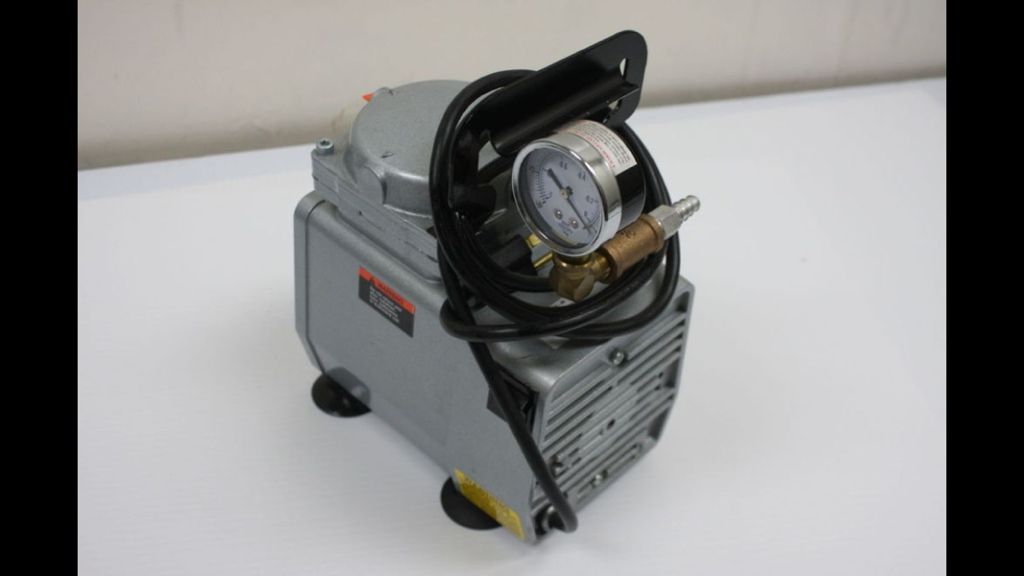Greetings all,
Due to multiple (expensive) catastrophic failures trying to make molds, I was hoping for a simple solution for a “one and done” project. I want to make a mold of my rear seat delete but no additional copies will be made from the plug.
The size of the plug is on the order of 60" x 72" and there are some sharp edges and 90* angles. The surface has been waxed and sprayed with PVA (surface appearance doesn’t matter). I was hoping to wet lay 2-3 layers of cf cloth across the surface and then just pop that off, however, I’m concerned about “pull away” during curing. Vacuum bagging is a possibility but I don’t have any experience with this technique.
I will be using this cloth for the wet lay up…the reason for choosing this cloth is because I could get it in 63" width.

Weight: 5.7osy
Weave: Plain
Tow Size: 3K
Thickness: .010"
Is it realistic to consider wet lay up to make a thin surface mold directly on this plug?
EDIT these are not the most recent pics but will give a good idea of the shape and scope of the project.




